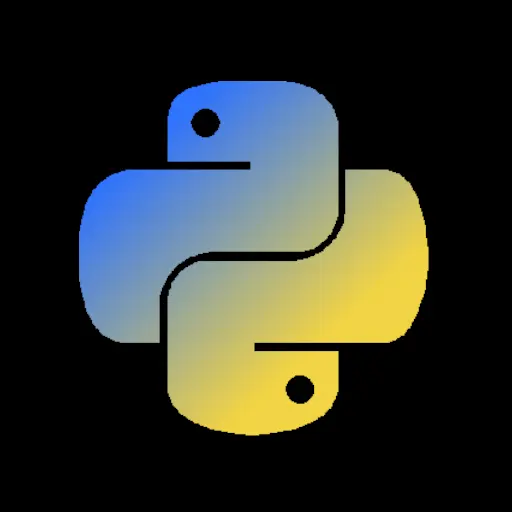I’ve been working on a SquashFS based deployment system in Python, the issue I came across was the fact that the permission system relied on
tomllib, which is only available on Python 3.11 only the latest LTS Linux distros have that version or above.But
uvand thatshebang trick, has helped me get round the limitations with ease and elegant.I’d say hat off to that, thank you for sharing that! =)
This looks like a reimplementation of pipx.
Correct me if I’m wrong, but I don’t think pipx can allow you to just put a shebang at the top of a script that automatically installs all the required dependencies the first time you run it?
What I really like about this, unless I’m missing something, is that it basically lets you create Python scripts that run in exactly the same way as shell scripts. I work with a lot of people who have pretty good basic Linux knowledge, but are completely at a loss when it comes to python specific stuff. Being able to send them a script that they can just +x and run sounds like a huge hassle saver.
Nope, pipx definitely can’t do that, but the idea that running your
yourscript.py --helpwill automatically trigger the downloading of dependencies and installing them somewhere isn’t really appealing. I’m sure I’m not the only person who’s got uv configured to install the virtualenv in the local.venvfolder rather than buried into my home dir, so this would come with the added surprise that every time I invoke the script, I’d get a new set of dependencies installed wherever I happen to be.I mean, it’s neat that you can do this, but as a user I wouldn’t appreciate the surprise behaviour. pipx isn’t perfect, but at least it lets you manage things like updates.
I’m sure I’m not the only person who’s got uv configured to install the virtualenv in the local .venv folder
That’s the default for projects. Script is a different run mode.
every time I invoke the script, I’d get a new set of dependencies installed wherever I happen to be.
Does that happen though?
uvuses the cache location for these script dependencies, not your usual venv one. Where you call it from is not a factor.
uv actually does have a reimplementation of pipx, via
uv tooloruvx: https://docs.astral.sh/uv/concepts/tools/#toolsthe concept in the OP is different; it’s an implementation of pep722 https://peps.python.org/pep-0722/
deleted by creator
Or, you could package it as a Pex.
- it would just need a compatible Python version
- no additionalional packaging tools need to be installed by your users
- all of the dependencies packaged together once. as they were built and tested against.
- doesn’t need installing. Doesn’t install anything. Just run it.
- doesn’t depend on pypi being accessible.
uv is quite awesome.




